MGNS Mercurial Gamma-ray and Neutron Spectrometer for the ESA BepiColombo space mission
-------------------------------------------------------------------------------------------------------------------------------------------------
-------------------------------------------------------------------------------------------------------------------------------------------------
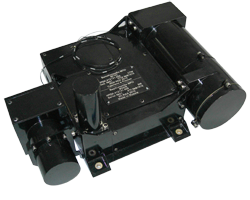
Mercury is the smallest and one of the most enigmatic planets of the Solar system, little explored up until now. Located in the immediate vicinity of the Sun, it gets lost in solar blaze and can be observed only for an hour before the sunrise or after the sunset. Although Hubble space telescope is capable to track the planet, still, the risk of radiation harming the instruments due to solar wind ionizing particles will be high, since the telescope will be pointed at the planet, which is permanently close to the Sun.
For this reason, the only remaining way to study Mercury is by using automated spacecrafts. In 1974-75 an American Mariner-10 space probe flyby Mercury thrice and transmitted its photographs to the Earth. The next spacecraft to be launched towards the planet was an American MESSENGER mission, which performed two Mercury flybys in 2008 and on March 18, 2011 it entered the orbit around the planet to begin its primary mission.
Following MESSENGER on the way to Mercury, comes BepiColombo space project of the European Space Agency, to be launched in 2016. The project's goals are to study the planet, to map elemental composition of its surface, to study Mercurian magnetosphere, to provide a multiwavelength map of the surface. Arrival to the planet and orbital work are scheduled for 2024—2026.
Mercurial Gamma-ray and Neutron Spectrometer (MGNS scientific instrument) is being developed to be placed onboard BepiColombo the ESA interplanetary mission. The MGNS project is a multifunctional scientific instrument, comprising gamma-ray spectrometer and neutron detector. The instrument's prototype is the HEND neutron detector, developed at the laboratory for the NASA 2001 Mars Odyssey space mission.
MGNS is aimed at measuring neutron fluxes in wide energy range (from thermal to 10 MeV) and gamma-ray with high energy resolution (approximately 3.5% at the energy of 662 keV) in the energy range from 300 keV to 10 MeV during interplanetary cruise and on the orbit around Mercury.
MGNS space experiment main science objectives:
- to search for residual water ice in permanently shadowed polar regions of Mercury;
- to determine elemental composition of the upper layers of Mercurian subsurface to the depth of up to 1 m;
- to measure Mercurian surface's neutron and gamma-ray albedo with spatial resolution of approximately 400 km;
- to map elemental composition of various regions of Mercurial surface using main rockforming elements' nuclear lines, thermal, epithermal, and fast neutron fluxes, and radioactive elements' lines with 10-30% accuracy and spatial resolution of approximately 400 km;
- to measure neutron component of radiation background on the orbit around Mercury;
- to map the distribution of hydrogen and hydrogen-containing compounds (water ice in the first place);
- to search for permanently shadowed regions in Mercurian polar regions, which host volatiles' deposits, and to map the surface density of these deposits with approximately 0.1 g sm-2 accuracy and spatial resolution of approximately 400 km.
Since Mercury lacks atmosphere and has only weak magnetic field, cosmic rays, the bulk of which are protons, easily reach planetary surface. Their interactions with nuclei of chemical elements composing the upper 1-2 m of subsurface generate copious amount of neutrons (Fig.1). In turn, while leaving the subsurface, these neutrons interact with elemental nuclei, and thus produce secondary neutrons and gamma-ray. Every chemical element has its characteristic set of gamma-ray lines, hence allowing to study Mercurian soil composition using gamma-ray spectroscopy.
Secondary neutrons on their way from the shallow subsurface, are moderated and captured by nuclei, thus producing characteristic lines from neutron capture which complements data on elementary composition of the subsurface. Moreover, using fast to moderated (thermal to epithermal) neutrons ratio, one can consider the presence of light elements (H, He, etc.) in the shallow subsurface. Hydrogen nuclei of the mass equal to that of neutrons are the most effective neutron moderator, so that secondary neutrons' spectrum, which shows increase of slow and decrease of fast neutrons, may testify to the presence of hydrogen or hydrogen-bearing compounds in the subsurface.
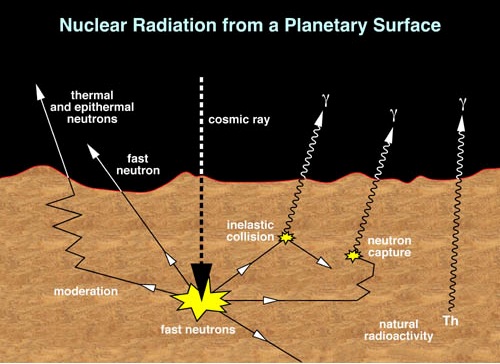
Fig.1. Neutron and gamma-ray albedo forming in the Mercury subsurface under cosmic-ray' bombardment and during nuclear fission of K, Th, U radioactive isotopes.
To determine gamma-ray lines intensity for various elements, one should consider neutron fluxes at the planetary surface along with gamma-ray generated due to cosmic-ray' bombardment of the surface. Neutron fluxes are essential to estimate the intensity of gamma-ray generation due to interaction with neutrons (inelastic reactions for fast and capture reactions for slow neutrons). I.e., one should also know the depth profile of neutron generation in shallow subsurface.
Moreover, natural radioactive nuclei of K, Th, and U can characterize the history of the planet origin and its evolution. Data on their concentration shall enable scientists to choose between different models of Mercury formation from protoplanetary cloud.
Finally, the last task is to determine hydrogen abundance in the Mercurial shallow subsurface, which has accumulated over billions of years due to solar wind's and cosmic-ray' bombardment.
MGNS registers secondary neutrons and gamma-ray coming from Mercury, that are born in the shallow subsurface within the depth of 1-2 m, constantly bombarded by cosmic-ray charged particles. High-energy neutrons born in the subsurface are moderated and captured by main rockforming nuclei through the reactions of inelastic scattering and capture, thus generating a set of nuclear lines with characteristic energies corresponding to particular chemical elements
The neutron flux emanating from the surface depends on composition of the latter, and first of all, on presence of hydrogen or hydrogen-bearing compounds. Having collided with a hydrogen nucleus, a neutron immediately loses half of its energy, which leads to quick thermalization and hence to significant increase of thermal neutron and decrease of epithermal neutron fluxes. Only 1% of hydrogen mass concentration can lessen epithermal neutron flux by tens of percent. Thus, orbital neutron spectrometry can be used as the most effective way to search for water ice over the planet surface.
Again, gamma-ray lines spectrum is a unique 'fingerprint' describing the elemental composition of the planetary surface.
As has been said above, MGNS scientific instrument succeeds to the lab's HEND neutron detector heritage, and consists of a neutron detectors module and a gamma-ray spectrometer, joined by common electronics unit (Fig.2).
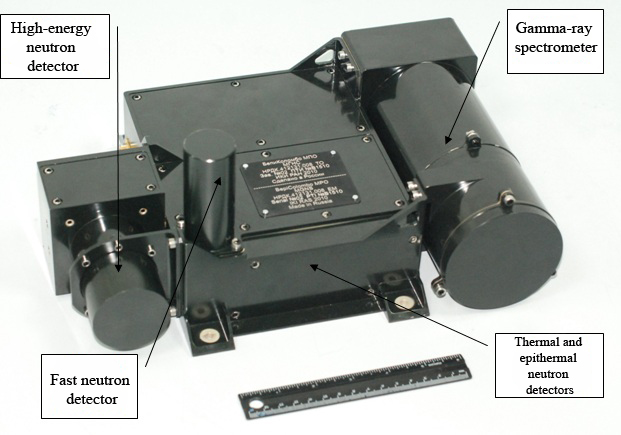
Fig.2. MGNS assembled
'Neutron' part of the instrument consists of a high-energy neutron detector and thermal, epithermal, and fast neutron detectors. The first one is a scintillation detector based of stilbene crystal of 21.5 inches diameter, surrounded by plastic anticoincidence shield, that registers neutrons with energies higher than 500 keV (Fig.3 and Fig.4).
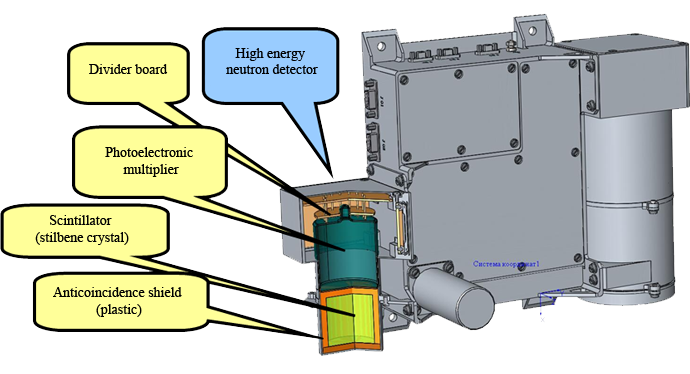
Fig.3. MGNS High energy neutron detector
Three detectors are based on He3 proportional counters (LND 25281 type):
- unshielded counter;
- counter shielded by cadmium foil 0.5–1 mm thick (for neutrons with energies of 0.4 eV — 1 keV);
- counter shielded by cadmium foil 0.5–1 mm thick and polyethylene (for neutrons with energies 0.1 keV — 500 keV).
Cadmium shields allow to separate neutrons relative to their energy. Cadmium effectively absorbs thermal neutrons with energies less than 0.4 eV, so that by deducting counts registered by cadmium-shielded detector from the number of counts registered by unshielded detector, one can obtain thermal neutron flux.
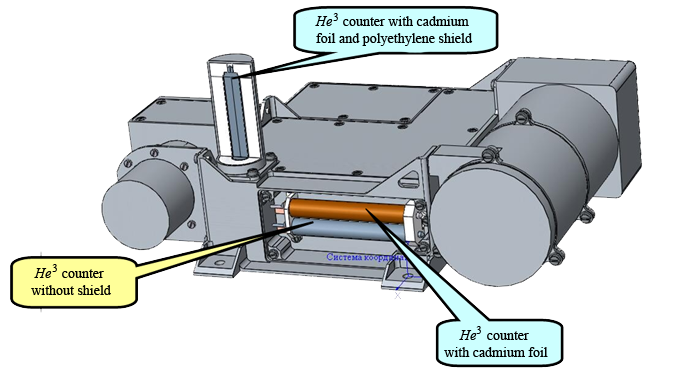
Fig.4. MGNS neutron detectors based on proportional counters
Gamma-ray spectrometer registers gamma-ray with high sensitivity and energy resolution not worse than 3.5% at the energy of 662 keV. We use the CeBr3 crystal, which has to date the highest spectral resolution and efficiency of gamma-ray registration in the energy range of 100 keV — 10 MeV among scintillation crystals (Fig.5). Due to tight limits on mass and energy consumption, imposed by BepiColombo project on MGNS instrument, germanium spectrometer, which has significantly better energy resolution (approximately 0.3% at the energy of 662 keV), was not considered.
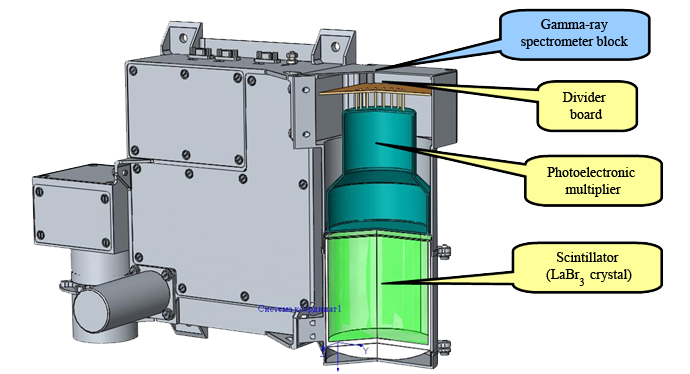
Fig.5. MGNS gamma-ray spectrometer
BepiColombo mission comprises two orbital spacecrafts delivered to the destination by one transfer module: the Mercury Planetary Orbiter (MPO) to make a global map of the planet and the Mercury Magnetospheric Orbiter (MMO), aimed at study of the magnetosphere.
MGNS will be mounted onboard the MPO spacecraft with nadir orientation at the greatest possible distance from hydrogen-bearing materials (propellant tanks in the first place), which is crucial for correct estimation of the background signal. MGNS mount onboard MPO is shown in Fig.6. MPO orbit is planned to be polar elliptical with distances to the surface of 400 km and 1500 km in pericenter and apocenter respectively.
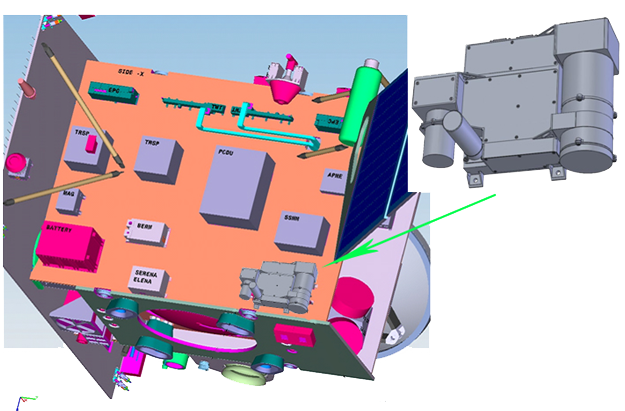
Fig.6. MGNS onboard MPO spacecraft, BepiColombo project
| Mass : | 5.5 kg |
| Power consumption : | 6.5 W |
| Dimensions : | 342.6 x 140.5 x 258 mm |
| Energy range : | from thermal energies up to 10 MeV |
| Spatial resolution on the surface : | 400 km |
| Spatial resolution inside the subsurface : | ~1 m |
| Energy resolution (gamma-ray range) : | 3% at 662 keV |
| Telemetry volume : | about 30 Mb per day |
Funding organization ― Federal Space Agency of the Russian Federation.
Primary contractor ― Space Research Institute of the Russian Academy of Sciences (IKI RAS).
Principal Investigator ― Dr. Igor Mitrofanov.
Works on MGNS project are led under the MSP-2001 theme on the basis of the State contract №025-5452/04 of February 27, 2004 (R&D theme MSP-2001) and are included in the Federal Space Program for 2006–2016.
Works on MGNS project are planned for 2004–2016 (development, tests, assembling, and instrument delivery) and 2016–2026 (operating and data processing).
| A.A. Blagonravov Institute for Engineering Science of the Russian Academy of Sciences (IMASH, Moscow) |
Development of the mathematical model of the instrument mechanical structure; participation in the development of testing facilities for the MGNS instrument in compliance with ESA requirements; development of mechanical test program; support of the instrument's testing. |
| Joint Institute for Nuclear Research (JINR, Dubna, Moscow district) |
Numerical modeling of MGNS counting parameters; participation in the development of the MGNS physical scheme; preparation for and calibrations of the instrument with neutron and gamma-ray sources testbed. |
| Scientific Institute for Digital Electronic Computers (NICEVT, Moscow) |
Electronic boards production for MGNS module. |
| N.M. Fedorovsky All-Russian Scientific Research Institute for Mineral Raw Materials (Moscow) |
Scintillation units development for fast neutrons and gamma-ray registration. |
| A.F. Ioffe Physical Technical Institute (FTI, St.-Petersburg) |
Numerical modeling of neutron and gamma-ray radiation fields of Mercurian surface with account for temperature dependence. |
| ESA/ESTEC (Netherlands) |
MGNS testing onboard the spacecraft, data processing along with other experiments' data. |



